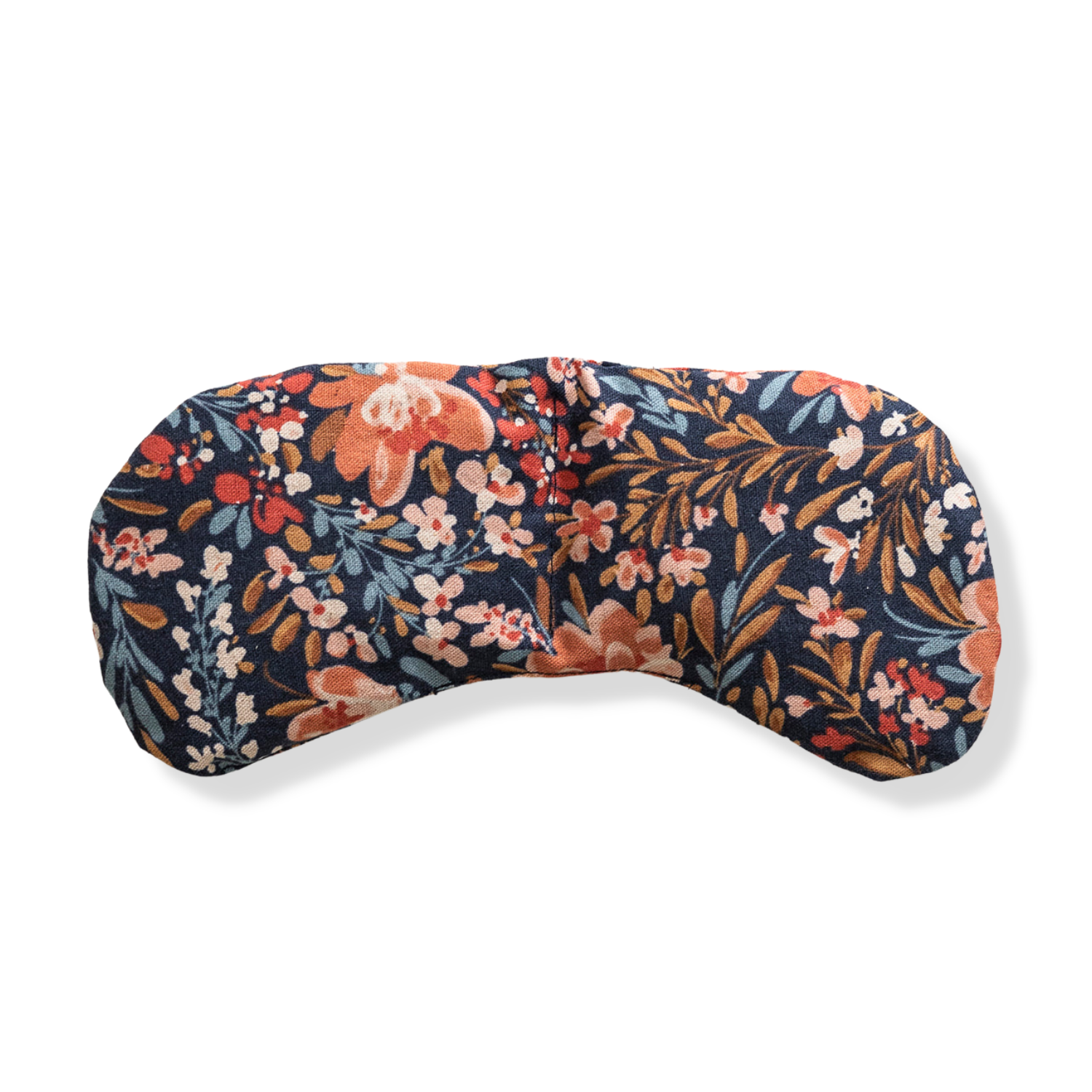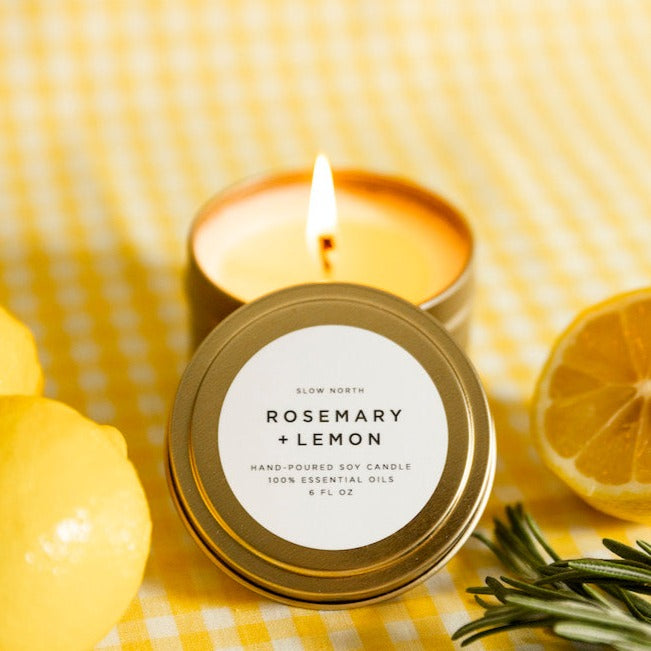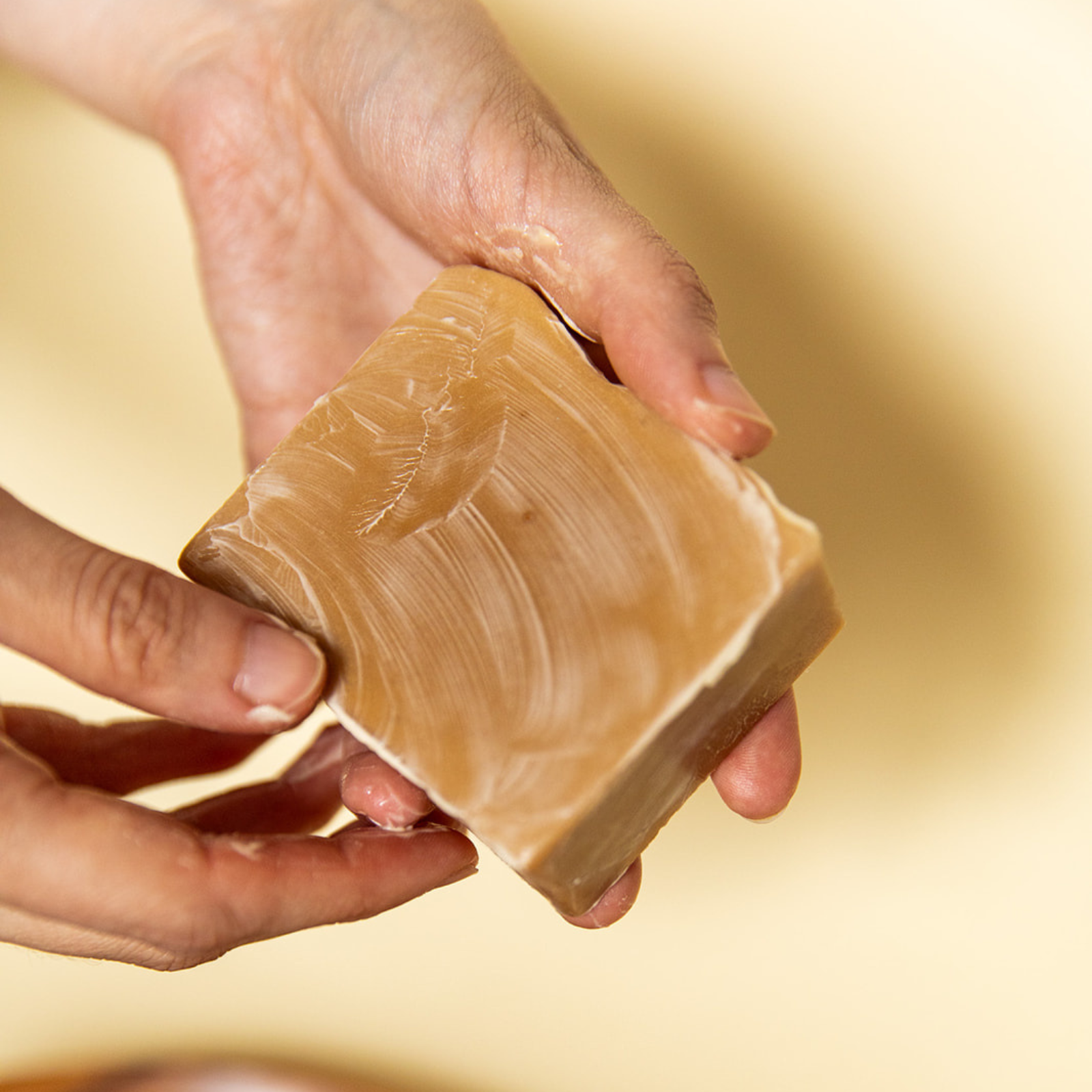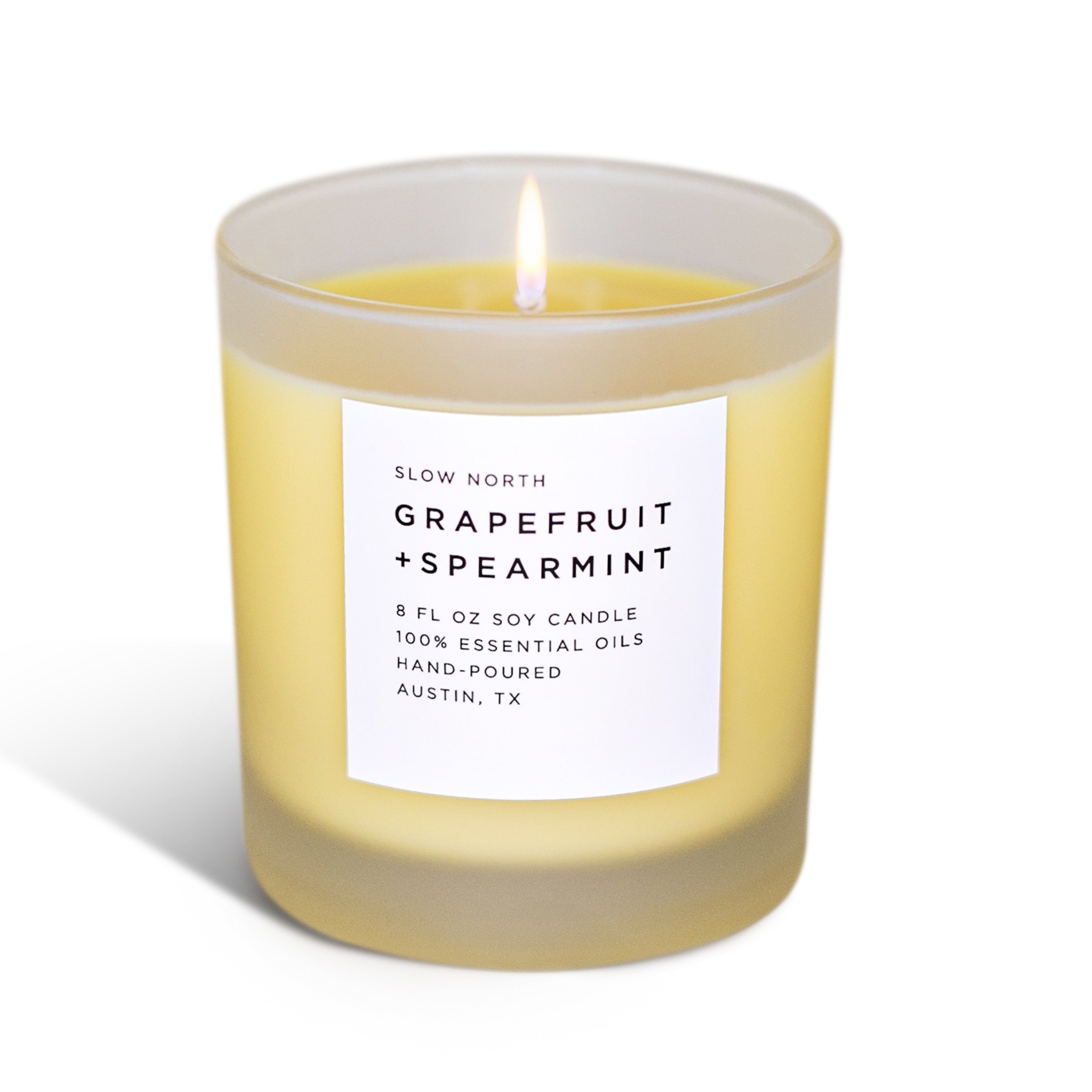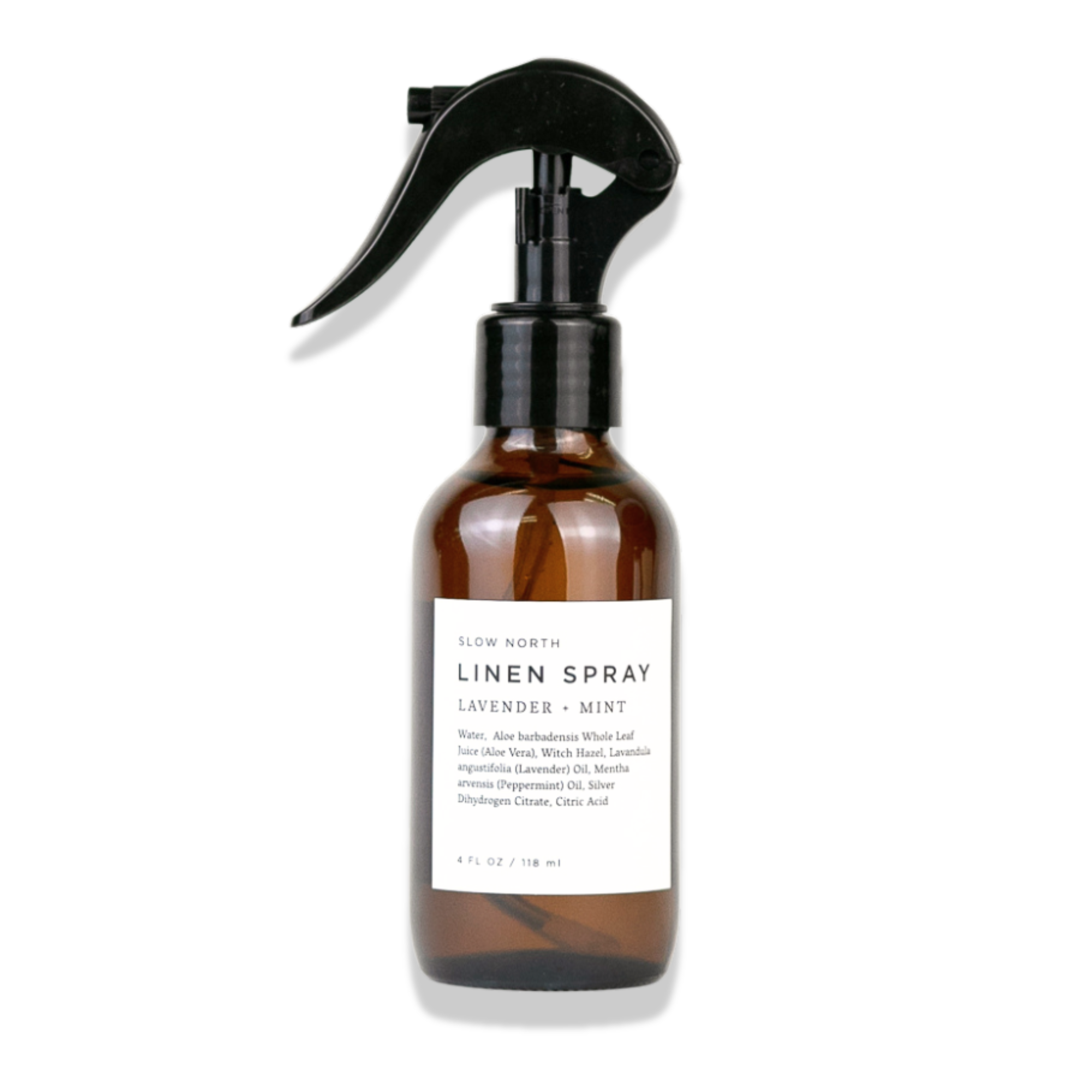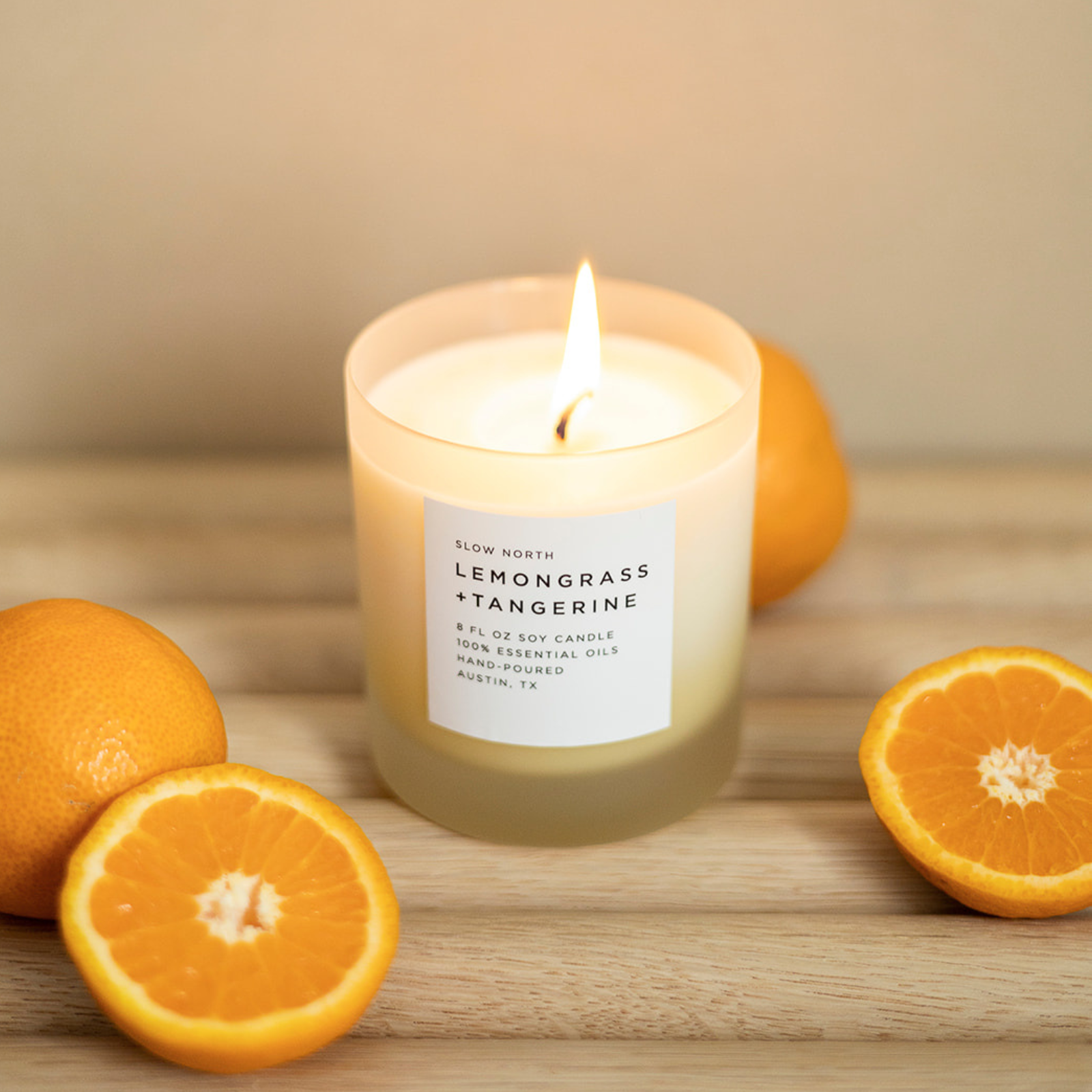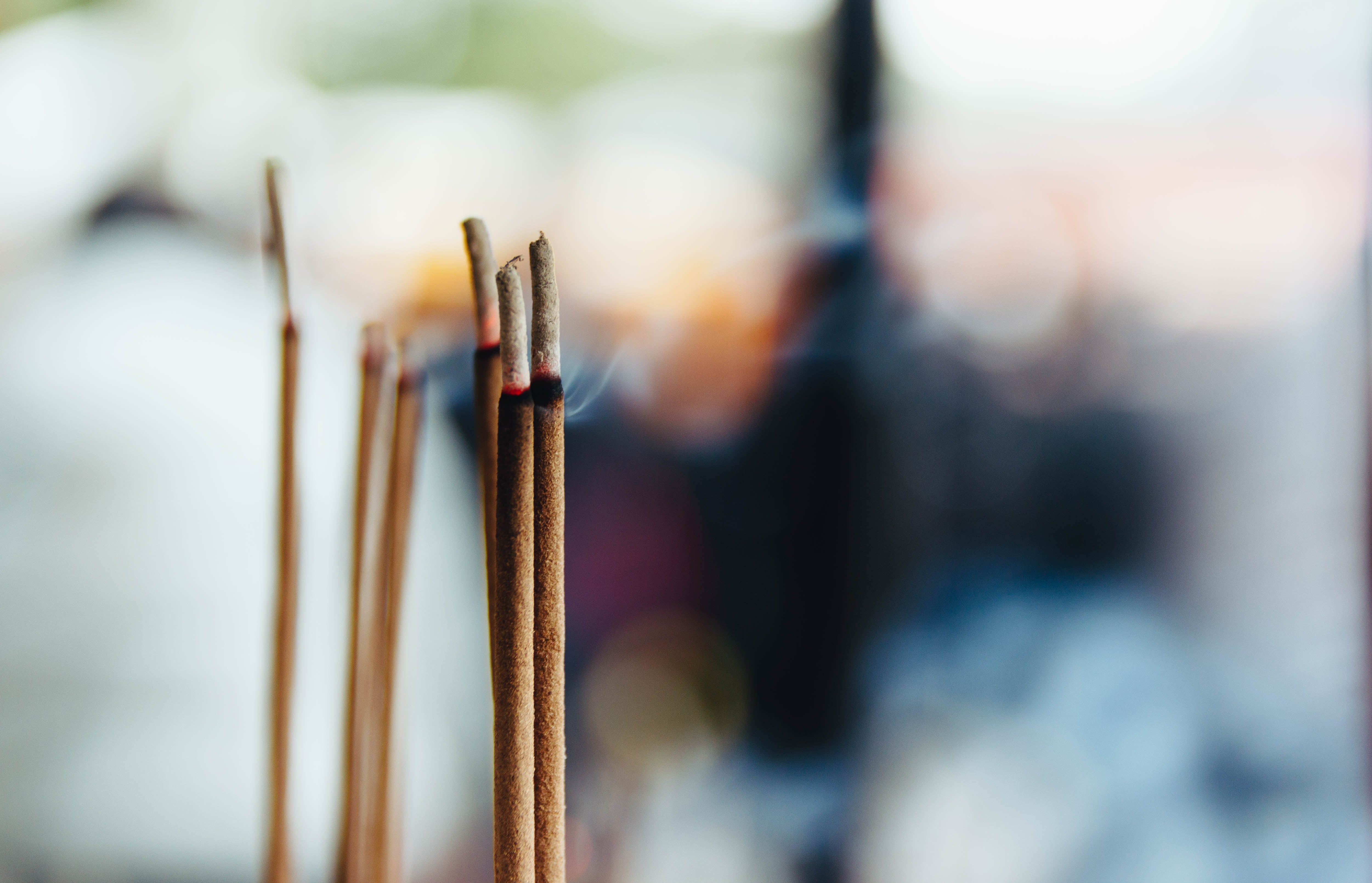
The Art of Incense: A Comprehensive Guide to Selecting Natural Incense Sticks
From time-honored ceremonies to crafting serene havens in our modern abodes, incense has become the bridge between tradition and tranquility. For thousands of years, these sacred treasures have woven themselves into the fabric of diverse cultures and religious rituals, offering solace and serenity. Join us as we go deeper into the mystical world of incense sticks and allow their captivating essence to transform your surroundings and elevate your senses.

Photo by petr sidorov
The art of crafting incense sticks can be traced back to ancient times, with roots in China, India, and Egypt. Over the centuries, different societies perfected their techniques and compositions, leading to a wide variety of scents and uses today. Whether you're seeking a specific fragrance to aid in meditation or simply want to enhance the atmosphere around you, there's likely an incense stick that suits your needs. Check out our new addition of Palo Santo Incense & Ritual Accessories here.
Key Takeaways
- Incense sticks have a profound historical significance in various cultures and religions.
- Numerous types and fragrances of incense sticks cater to different purposes and preferences.
(Shop Palo Santo Incense Cones - $27)
History and Origin
Egypt
The Egyptians skillfully blended a myriad of precious gifts from nature, such as resins, oils, and spices, to concoct exquisite incense offerings for worship and devotion. A tradition dating back to the revered era of the Old Kingdom, the wafting tendrils of incense held a profound significance, symbolizing purification and forging a celestial connection to the divine realms.
China
China has a long history of using incense sticks in religious and spiritual practices. The tradition originated during the Han Dynasty, where incense was used to measure time and as an offering in temples. Incense sticks in China were made from a mixture of herbs, spices, and other fragrant materials, reflecting the country's rich botanical resources. Timekeeping with incense sticks is well documented in The Trail of Time.
Greece
The use of incense sticks in ancient Greece was closely linked to religious ceremonies and rituals, as well as daily life. Greeks believed that the aromatic smoke from burning incense could serve as a bridge between the human and divine worlds. They often used frankincense and myrrh, two highly prized resins, in their incense mixtures. These fragrances were an important part of their religious traditions and are even mentioned in ancient texts.
Japan
Japan also has a longstanding tradition of using incense sticks, particularly in religious settings. The use of incense in Japan dates back to the 6th century when it was introduced from China via Korea. Over time, the Japanese developed their own unique styles and blends, with an emphasis on subtlety and refinement. In Japan, incense has often been used to purify sacred spaces, create an atmosphere for meditation, and even in traditional tea ceremonies.
Throughout history and across various cultures, incense sticks have played a vital role in religious ceremonies, spiritual practices, and daily life. Their unique aroma and the symbolism associated with them have transcended cultural boundaries and continue to be an important aspect of human spirituality.
 Photo by Denis Oliveira
Photo by Denis Oliveira
Types of Incense
There are many forms of incense available for you to enjoy. In this section, we'll explore some of the most common types, including sticks, cones, coils, powders, and resins. Each type serves a unique purpose and can offer a different experience.
Sticks
Sticks are perhaps the most popular form of incense. These long, slender sticks are usually made of a bamboo core coated with incense materials. To use them, simply light the end and let the smoldering produce an alluring aroma as it burns down the stick.
Cones
Cones are another popular option for incense lovers. As their name suggests, these incense products are shaped like small cones. They don't have a bamboo core like sticks, but they can still provide a pleasant fragrance when lit. To use, simply place the cone on a heat-resistant surface, light the tip, and enjoy the aroma as it burns from the top down.
Coils
Coil incense is an interesting alternative, featuring a spiral shape that can burn for a longer period compared to sticks or cones. These coils are often found in cultural or religious settings, where long-lasting fragrances are desired. To use a coil, suspend it from a holder and light the starting end, allowing the incense to burn slowly along the coil's length.
Powders
Powder incense is a versatile form that can be used for various applications, like burning on charcoal or mixing with other materials to create your incense blend. Typical ingredients include ground roots, barks, resins, and herbs. To use powder incense, sprinkle a small amount onto a lit charcoal disk placed on a heat-safe dish. The heat from the charcoal will release the fragrances in the powder.
Resins
Resin incense is derived from the sap of trees or plants and has been used for centuries for its intense aromas. Commonly found in solid forms, these natural substances can be burned on charcoal. To use resin incense, break off a small piece and place it on a lit charcoal disk. The heat will activate the fragrance, producing an intense and aromatic scent for you to enjoy.
Smudging
Palo Santo incense sticks also offer a wonderful smudging option, providing a cleansing and purifying ritual for your space. Unlike resin incense, which is derived from tree sap, Palo Santo sticks can be easily lit and used for smudging purposes. Simply light the end of the stick, allow it to burn for a few moments, and then blow out the flame to release the fragrant smoke. As the smoke wafts through the air, it carries the sacred and uplifting aroma of Palo Santo, clearing negative energies and bringing a sense of calm and positivity to your environment. Incorporate Palo Santo smudging into your daily rituals to promote harmony and well-being in your home.
With these different types of incense at your disposal, you'll have plenty of options to create a unique and enjoyable atmosphere in your home. Remember to always use incense safely, following the instructions for each type, and enjoy the world of fragrances that await you.
Ingredients and Composition
When it comes to incense sticks, there are a few common elements that give them their unique scent, burn time, and overall quality. In this section, we'll cover the primary ingredients typically used, which include natural essential oils, wood powder, gum arabic, and makko powder.
Natural Essential Oils
Natural essential oils play a crucial role in creating the distinct fragrances of incense sticks. These oils are derived from various plants, flowers, or even resins and create the rich and long-lasting scents. Common examples include sandalwood, frankincense, and myrrh. These essential oils not only provide pleasant aromas but also often carry significant religious and cultural importance in different traditions.
Wood Powder
Wood powder is an essential component of incense sticks as it serves as a combustible base material. It is often made from soft, fragrant woods such as sandalwood or agarwood. The wood powder helps bind the other ingredients, provides structure to the incense stick, and allows for steady, even burning.
Gum Arabic
Gum arabic is a natural resin derived from the Acacia tree and acts as a binder in incense stick composition. This ingredient helps hold the other materials together, ensuring a stable and even burn throughout the entire stick. As a natural adhesive, gum arabic also contributes to the overall quality and consistency of the final product.
Makko Powder
Makko powder, derived from the bark of the Tabu-no-ki tree, is another vital component in the production of incense sticks. It is a natural and odorless binder that enables the incense to burn evenly and consistently. Makko powder is also highly regarded for its water-absorbing properties, which help maintain the proper moisture levels in the incense mixture.
When you use or purchase incense sticks, it's important to know the key ingredients that contribute to their overall quality, fragrance, and burn time. By understanding the roles of natural essential oils, wood powder, gum arabic, and makko powder, you can better appreciate the craft behind these aromatic treasures.
 Photo by mfromfaraway
Photo by mfromfaraway
Benefits of Essential Oil Incense Sticks
Aromatherapy
Aromatherapy is a popular practice that uses essential oils to improve your physical, emotional, and mental well-being. Essential oil incense sticks can enhance this experience by providing a soothing and calming atmosphere. When you light an incense stick infused with essential oils, it releases fragrant smoke that fills the air, creating a relaxing ambiance. By surrounding yourself with these aromatic scents, you can experience various grounding benefits, such as reduced stress and anxiety, improved mood, and increased mental clarity.
Meditation
Meditation is a wonderful practice that helps you calm your mind and connect with your inner self. Essential oil incense sticks can greatly complement your meditation sessions. The fragrant aroma from the incense sticks can aid in enhancing focus and concentration while you meditate, helping you dive deeper into your practice. Their soothing scents can also aid in creating a tranquil environment, allowing you to fully immerse yourself in the present moment and let go of any negative thoughts or energy as you. Additionally, using essential oil incense sticks during meditation can also serve as a point of focus, allowing you to anchor your attention to the present moment.
Incense Safety and Precautions
Asthma and Respiratory Health
Indulging in the delightful aromas of burning incense sticks can create a serene atmosphere, promoting relaxation and tranquility. While it's essential to prioritize respiratory health, particularly for individuals with asthma or other respiratory conditions, there are ways to enjoy incense responsibly. By adopting a mindful approach and being cautious about usage, you can savor the soothing scents without compromising your well-being. It's advisable to limit the use of incense sticks to mitigate any potential discomfort and ensure a positive experience, especially for those with respiratory concerns.
Toxicity
Incense sticks often contain a mix of ingredients, including plant-based materials, resins, and aromatic oils. It's essential to use high-quality incense from reputable sources, as low-quality incense sticks may contain harmful substances. Inferior charcoal-based sticks, for instance, can release toxic compounds that can negatively impact your health.
Usage Tips
Here are some tips to help you use incense sticks safely:
- Make sure your incense burner is placed on a stable surface, away from flammable objects and materials.
- Ventilate the room by opening windows or doors to allow fresh air to circulate, diluting any potential toxins released during the burning process.
- Never leave burning incense unattended, and make sure you extinguish the sticks once you're done.
- Keep incense away from children and pets to avoid accidents or ingestion.
By following these simple safety precautions, you can enjoy the relaxing atmosphere and pleasing scents of incense sticks without compromising your safety.
Purchasing Incense
When it comes to purchasing incense sticks, it's important to be mindful of a few key factors. In this section, we'll give you some friendly advice on shopping tips and provide you with some recommended sources for purchasing incense.
Shopping Tips
- Quality matters: Look for incense made from natural ingredients, as this will likely produce a more pleasant fragrance and burn more cleanly.
- Gift-giving: Incense sticks can make unique gift ideas, particularly for those who enjoy aromatherapy or are passionate about creating a calming atmosphere at home. Consider personalized scent preferences and incense styles for that perfect gesture.
- Check compatibility: Ensure your incense holder can accommodate the type of incense you're purchasing, as some holders may only fit certain sticks or cones.
Happy incense shopping!
Accessories and Storage
Incense Burner
When it comes to enhancing the fragrance experience, an incense burner is essential. The right burner not only helps to release the aromatic materials from your incense but also adds an aesthetic appeal to your space. Choose a burner that matches your personal style and complements your incense sticks' aroma.
- Burn time: Keep in mind the burn time of your incense sticks when selecting a burner. Ensure that it can hold the stick securely and catch any ash that may fall while burning.
Incense Holder
Another important accessory for incense lovers is an incense holder. This not only serves a practical purpose (holding the stick while burning) but can also be a beautiful addition to your home decor. Some holders also include storage compartments for unburned sticks, ensuring that your collection stays organized and readily available.
Books and Resources
If you're looking to expand your knowledge about incense, its history, and different ceremonies, consider investing in some books and resources. There are plenty of guides, recipe books, and articles available that delve deeper into the world of incense sticks, encompassing various topics such as:
- Different types of ingredients, including flowers, musk, and resins
- Traditional and modern incense-making techniques
- The role of incense in cultural and spiritual ceremonies
- Suggestions for appropriate essential oils and pairings
By exploring these resources and learning more about incense, you'll be able to better appreciate the rich history and various uses of aromatic materials in different parts of the world. So get ready to enhance your fragrance collection and create a calming and enjoyable atmosphere for yourself and your loved ones.

Photo by Chanhee Lee
Frequently Asked Questions
What are the benefits of burning incense sticks?
Burning incense sticks has several benefits, such as creating a pleasant and calming atmosphere, helping with relaxation and meditation, and sometimes masking unpleasant odors. They are often used during prayer, meditation, or simply to create a tranquil ambiance.
How do I choose the right incense scent?
Choosing the right incense scent comes down to your personal preference. Some popular scents include sandalwood, lavender, and frankincense. You might want to try a few different scents to discover which ones you enjoy most. Additionally, consider the purpose for burning incense – for relaxation, try lavender; for spiritual purposes, frankincense might be more suitable.
Can incense sticks help with relaxation and meditation?
Yes, incense sticks can be helpful for relaxation and meditation. The gentle aroma of incense can create a soothing atmosphere, which may aid in calming the mind and promoting a sense of peace and tranquility. It is important, however, to choose a scent that resonates with you and supports your meditation practice.
What materials are commonly used in incense sticks?
Incense sticks are typically made from a combination of natural materials such as herbs, spices, gums, resins, and wood powders. The exact contents of incense sticks can vary depending on the manufacturer, as most incense recipes are often trade secrets. At Slow North, we are always transparent with our list of ingredients in all of our products.
How long do incense sticks typically burn for?
The burning time of incense sticks varies depending on their length, thickness, and composition. On average, a standard incense stick burns for around 30 to 60 minutes, while some can burn for an hour or longer.
What are some safety tips for using incense sticks at home?
To use incense sticks safely at home, follow these guidelines:
- Place the incense stick in a secure and non-flammable holder.
- Make sure the area around the incense stick is free from flammable materials such as curtains or papers.
- Keep incense sticks away from children and pets.
- Never leave burning incense unattended.
- Ensure the room has proper ventilation to avoid the accumulation of smoke.

















